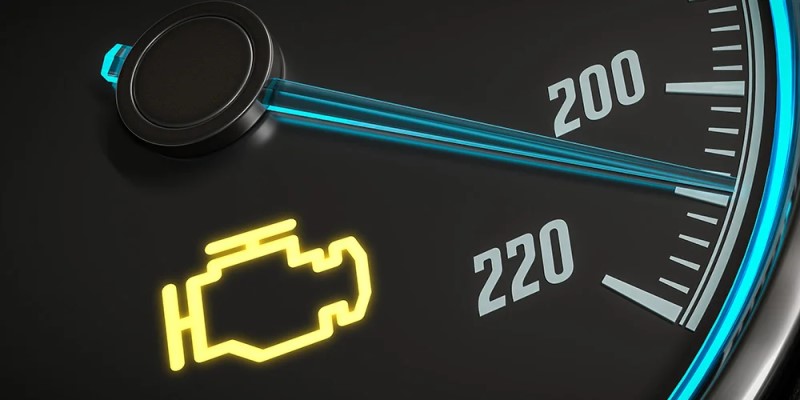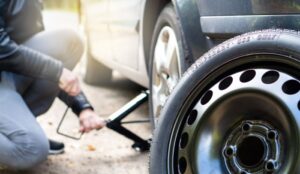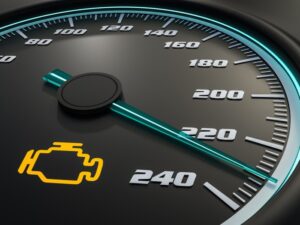
When you see the check engine light in your Kia vehicle, it can be a cause for concern and confusion. The check engine light is an indicator that something is amiss with your car’s engine or its related systems. In this article, we will delve into the common reasons behind the check engine light in Kia vehicles, how to diagnose the issue, and the steps you can take to resolve it. So, let’s dive in and explore everything you need to know about the Kia check engine light.
1. Understanding the Check Engine Light
The check engine light, also known as the malfunction indicator lamp (MIL), is a warning light on your Kia’s dashboard. It is designed to alert you when there is a problem with your vehicle’s engine or emission control system. When the check engine light illuminates, it indicates that the vehicle’s onboard diagnostic system (OBD-II) has detected a fault or malfunction.
2. Common Causes of the Check Engine Light in Kia Vehicles
The check engine light can be triggered by various issues in a Kia vehicle. Some common causes include:
- Faulty oxygen sensor
- Loose or damaged gas cap
- Malfunctioning catalytic converter
- Issues with the ignition coils or spark plugs
- Emission control system problems
- Problems with the mass airflow sensor
- Faulty sensors or wiring issues
3. Diagnosing the Check Engine Light
If the check engine light turns on in your Kia, it’s essential to diagnose the issue promptly. Here are the steps you can take to identify the problem:
Step 1: Check for Loose Gas Cap
A loose or improperly secured gas cap can trigger the check engine light. Ensure that the gas cap is tightly sealed and try driving for a while to see if the light goes off.
Step 2: Utilize an OBD-II Scanner
An OBD-II scanner is a handy tool that allows you to retrieve diagnostic trouble codes (DTCs) from your vehicle’s onboard computer system. Plug the scanner into the OBD-II port, which is usually located beneath the dashboard, and follow the instructions to read the codes.
Step 3: Analyzing the Diagnostic Trouble Codes (DTCs)
Once you have obtained the DTCs, you can search for their meanings online or consult a repair manual to understand the specific problem indicated by the codes. This information will help you determine the necessary repairs or further diagnostic steps.
4. Resolving Check Engine Light Issues
Depending on the severity of the problem, you have several options for resolving check engine light issues in your Kia:
Option 1: Addressing Simple Problems
In some cases, the check engine light may be triggered by a minor issue that you can fix yourself. For instance, replacing a faulty oxygen sensor or a malfunctioning gas cap can resolve the problem. However, it is crucial to research and ensure you have the necessary knowledge and tools to perform the repairs correctly.
Option 2: Seeking Professional Help
If the problem is beyond your expertise or requires specialized equipment, it is advisable to seek professional assistance. A qualified mechanic or automotive technician with experience in Kia vehicles can accurately diagnose and repair the issue, ensuring that your car operates optimally.
Option 3: Warranty and Dealership Assistance
If your Kia is still under warranty, it’s best to contact your dealership for assistance. They can guide you on the warranty coverage and help resolve the check engine light problem while ensuring you don’t incur unnecessary costs.
5. Preventative Measures for Avoiding Check Engine Light
While some check engine light issues are unavoidable, you can take preventative measures to minimize the likelihood of encountering them. Here are some tips:
- Adhere to the recommended maintenance schedule provided in your Kia’s owner’s manual.
- Regularly inspect and maintain critical components such as the gas cap, spark plugs, and filters.
- Avoid ignoring minor issues that may lead to more significant problems down the line.
- Refuel your vehicle with quality gasoline from reputable sources.
6. The Importance of Regular Maintenance
Regular maintenance plays a vital role in keeping your Kia in optimal condition and reducing the chances of encountering check engine light problems. By adhering to the recommended maintenance schedule, which includes oil changes, filter replacements, and system inspections, you can identify and address potential issues before they escalate.
Conclusion
The check engine light in your Kia should never be ignored, as it indicates a problem with your vehicle’s engine or emission control system. By understanding the common causes, diagnosing the issue using OBD-II scanners, and taking appropriate steps to resolve the problem, you can keep your Kia running smoothly and efficiently.
Frequently Asked Questions (FAQs)
Can I drive my Kia with the check engine light on?
It is generally safe to drive your Kia with the check engine light on, but it’s crucial to diagnose and address the problem as soon as possible.
Why did my check engine light turn off by itself?
Sometimes, the check engine light may turn off if the issue that triggered it was temporary or resolved on its own. However, it is still advisable to have the vehicle inspected to ensure there are no underlying problems.
Is it possible for the check engine light to come on for a loose gas cap?
Yes, a loose or damaged gas cap is one of the common causes of the check engine light turning on in Kia vehicles.
Can I reset the check engine light myself?
While you can reset the check engine light yourself using an OBD-II scanner or by disconnecting the battery, it is essential to address the underlying issue causing the light to illuminate.
What should I do if the check engine light keeps coming back?
If the check engine light keeps coming back after resetting it, it indicates an ongoing problem. It is advisable to seek professional help to diagnose and resolve the issue thoroughly.






